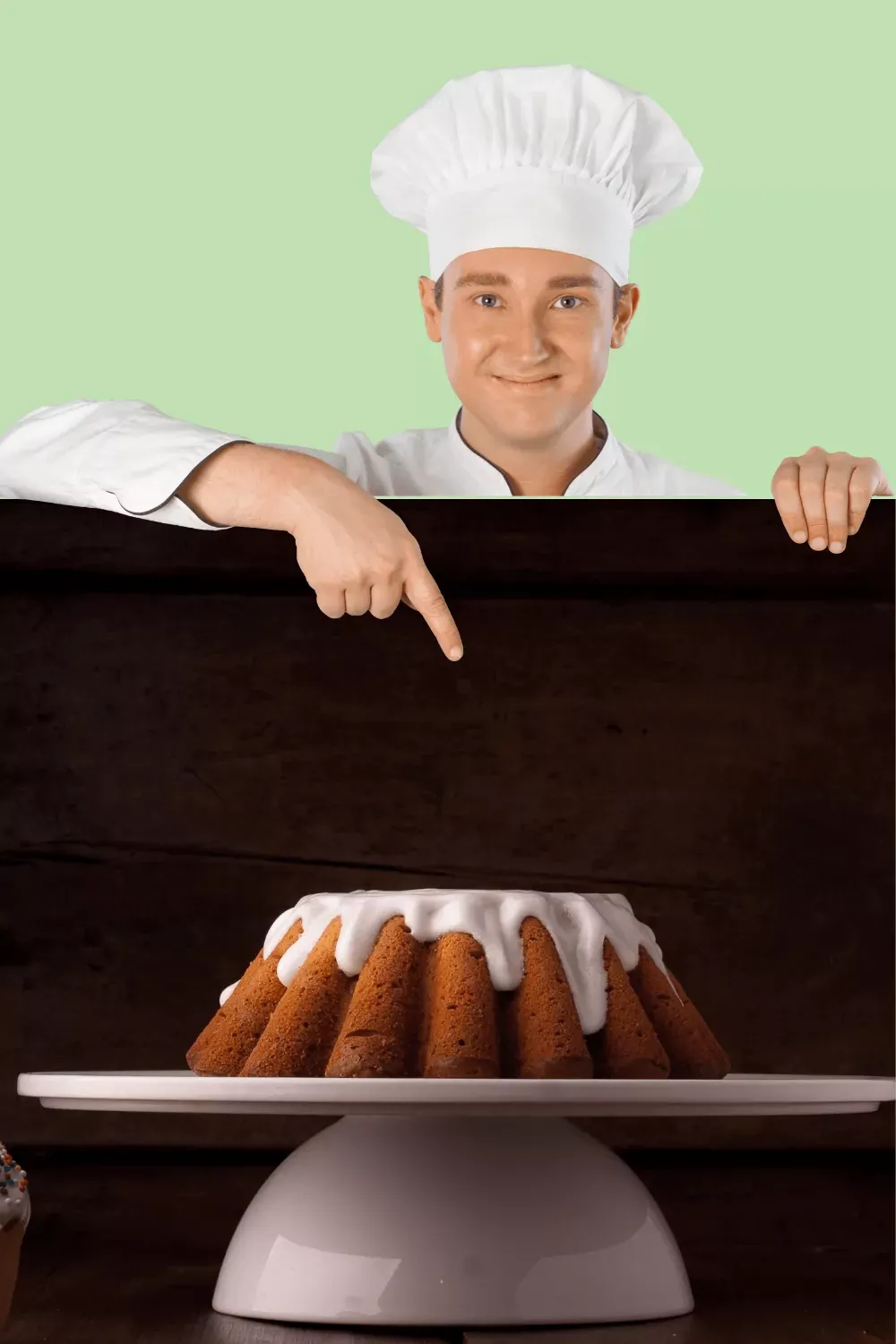History of the pastry chef hat
Where does the chef's hat come from?
One of the essential things in cooking is tradition. Whether it's the techniques for preparing or cooking a dish or the cook's uniform, everything has a History. Entering a kitchen is a bit like rediscovering more than 2000 years of tradition and history.
The origins of the pastry Chef hats :
Legend has it that seven centuries BC, the cooks of the King of Assyria wore crown-shaped hats that set them apart from other kitchen helpers. Why? It seems that disgruntled cooks poisoned the kings. Also, to appease them and to give them more importance, they were allowed to wear a very particular uniform (which distinguished them from other kitchen workers) with headgear in the shape of a cloth crown. The chef's hat was born!
At the same time, chefs spent a lot of time reading and studying to discover new recipes and to perfect their techniques. As few people could read and write at that time, they were therefore considered to be scholars or magicians. Unfortunately, being learned and cultured was no protection, and like many intellectuals, literate cooks were persecuted.
These leaders sought refuge in the Greek Orthodox Church. They then put on the monks' wardrobe: the cassock and the hat of the Orthodox monks. The cap of the chiefs of Assyria has again evolved to be inspired by the lid of the monks.
Chef's hats, which model to choose? Which pastry chef hats to choose?
- Crepe paper
This is the most economical material. These hats are light and biodegradable; they are single-use and disposable. They are ideal for occasional use: entertainment, children's tea party, barbecue.
The paper hats are available in 2 models: straight shape ("prestige") or rounded shape ("continental"). The "continental" model is available in "adult" and "child" sizes (from 3 years old).
- Non-woven
The non-woven toques are comfortable and elegant. They are disposable, but they can be used for several services (5 or 6), they keep their shape well. They ensure maximum absorption without irritation to the skin. They are suitable for regular use.
The non-woven toques are available in 2 models: straight shape ("prestige") or rounded shape ("continental")
- fabric
In 100% cotton or polycotton (polyester and cotton blend), these chef hats are recommended for regular use. They are machine washable at 60 ° C. Cooks particularly appreciate them for their comfort.
Cloth hats are available in different designs and many colors and shapes.
What pastry Chef hats size?
The paper and non-woven toques are one size. They have an adjustable head circumference with adhesive strips. They may be suitable for children from 6/7 years old.
Except for Italian hats, fabric chef's hats are also one-size-fits-all. They have an adjustable head circumference with an adjustable buckle or Velcro strap.
The Italian chef's hat is available in 3 sizes: S (small), M (medium), and XL (large). There is also a child-size model for young cooks.
Reality or fiction?
A courtier of King Henry VIII recounts that when King Henry found a hair in his soup, the King, so to speak, lost his mind. Or instead, someone else missed it. The owner of the nose, a cook, was beheaded, and his replacement was politely asked to wear a hat to prevent it from happening again. Since that time, the wearing of headgear in the kitchen has become widespread.
Add a little fashion ...
With all the variations of hats worn by chefs around the world (Scottish beanie in England, woolen beanie in Spain, tassel beanie in Germany, or cotton beanie in France), a little creativity and design were needed to get the white cloth hats, also known as Toques Blanches, which we are used to today. In the 1800s in France, a chef named Marie-Antoine Carême (1784-1833) decided that chefs deserved a specific uniform. He chooses white as the color, a sign of cleanliness in the kitchen. And he will impose different heights of toques depending on the rank in the kitchen; the Chef will wear the highest hat.
How many folds do you have?
The folds that make up the chef's hat are also steeped in a rich history. Tradition has it that the more folds the chef's hat contain, the more he masters culinary techniques. So a chef had 100 folds in his hat to signify the 100 ways he knew how to prepare eggs. Today's caps don't have so many folds, but the legend lives on.
And today?
Today, the chef's hat remains a symbol of authority, knowledge, and culinary mastery. The majority of cooks still wears the cap; however, the cloth hat has often been replaced by the disposable paper hat: sometimes less aesthetic, but can be a little more economical. Other more modern chefs have adopted the baseball cap, the cloth cap, or the bandana. Whatever hat a chef wears, it has become a staple of a cook's outfit.


Post a Comment